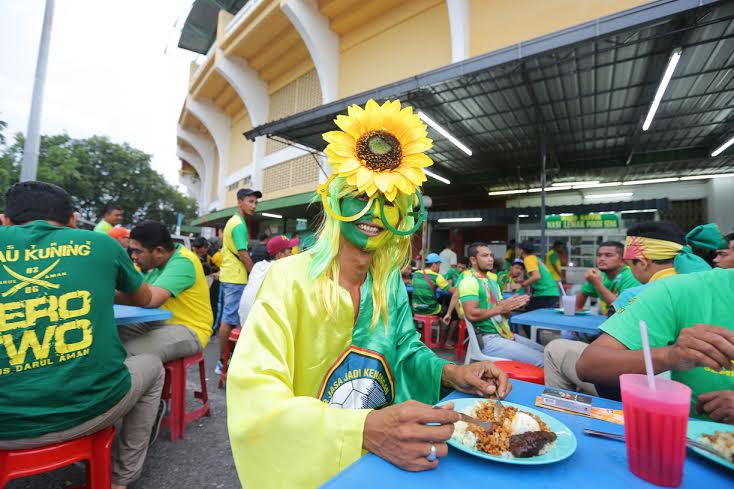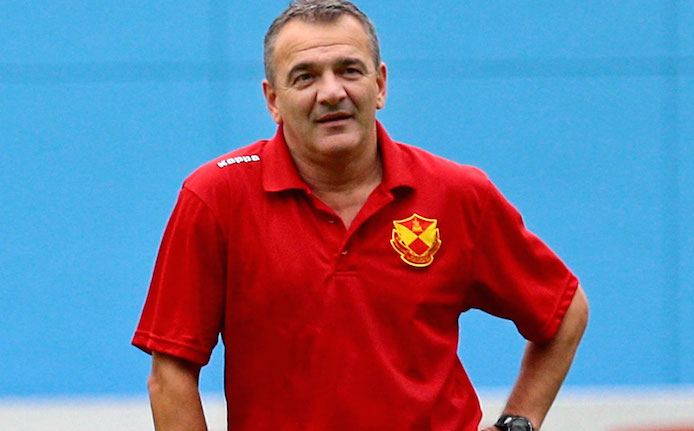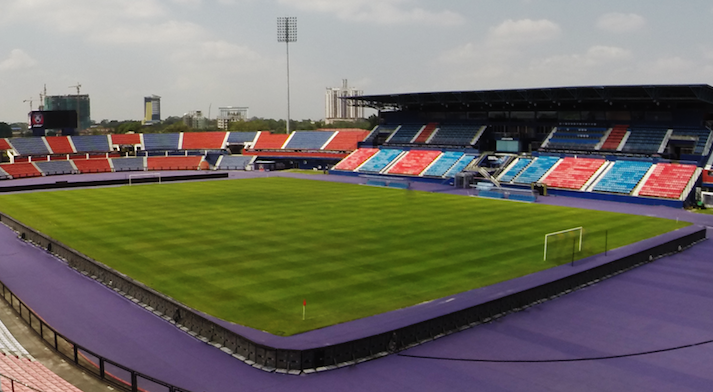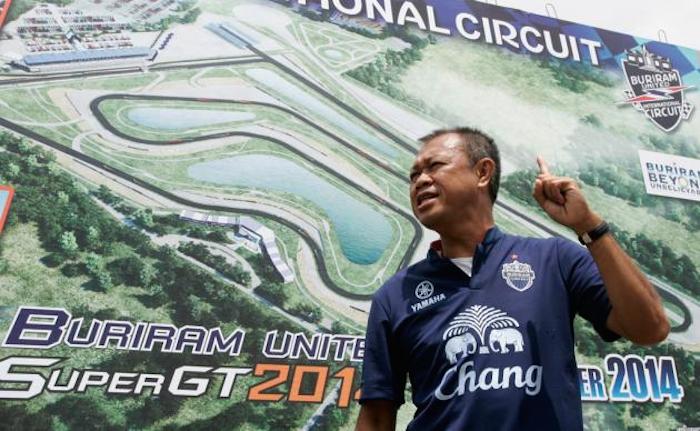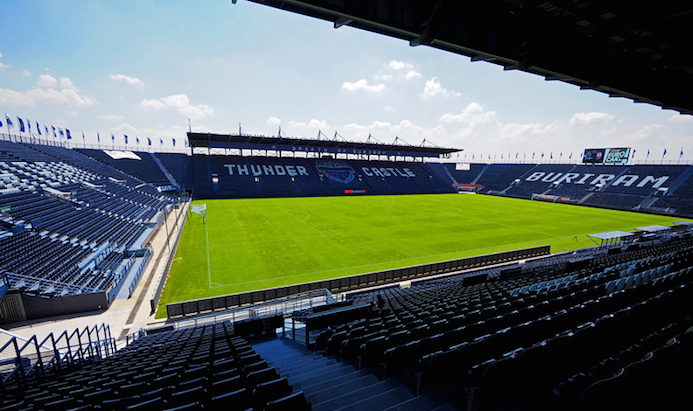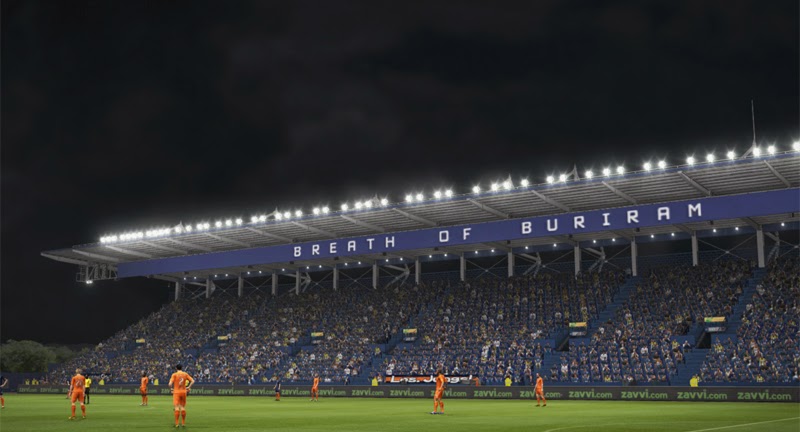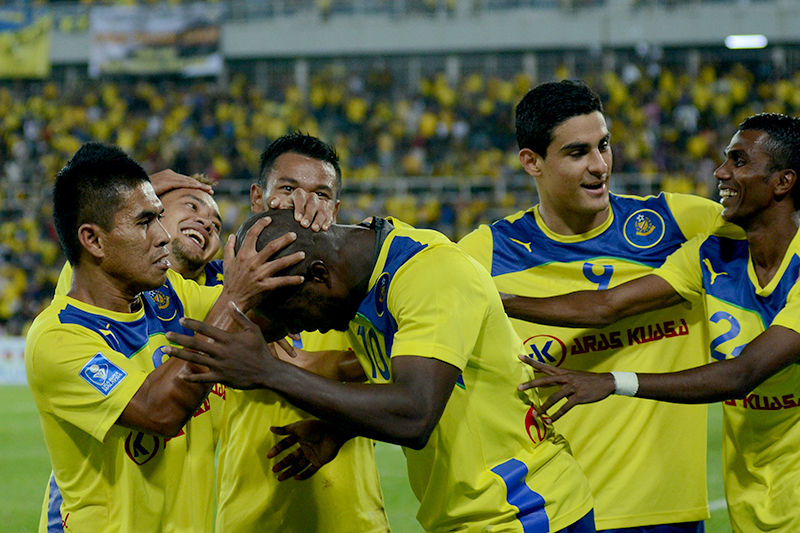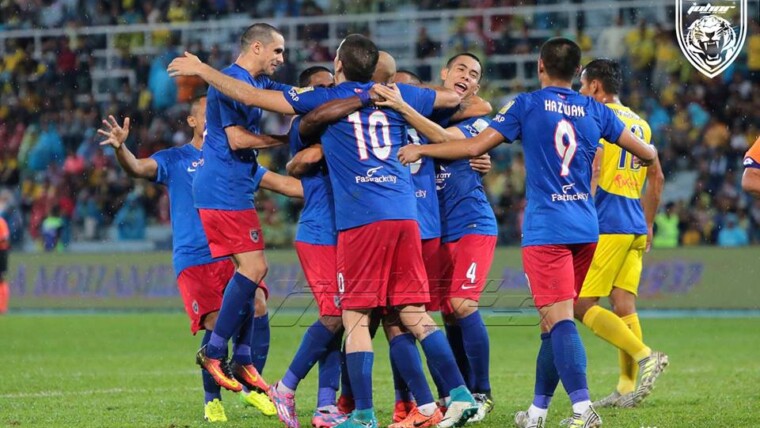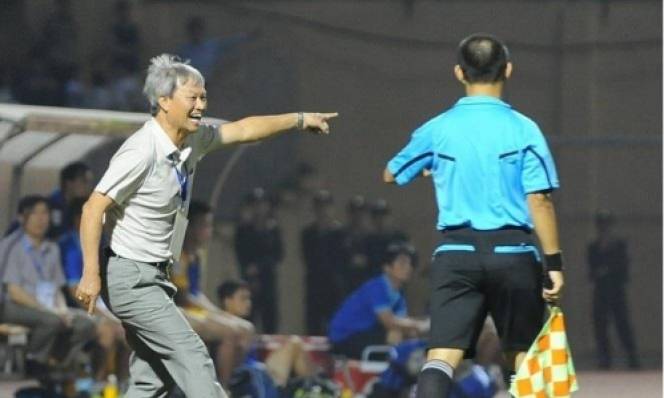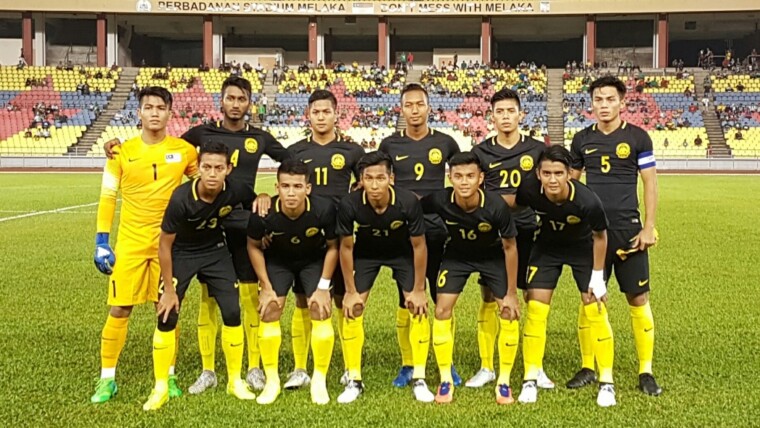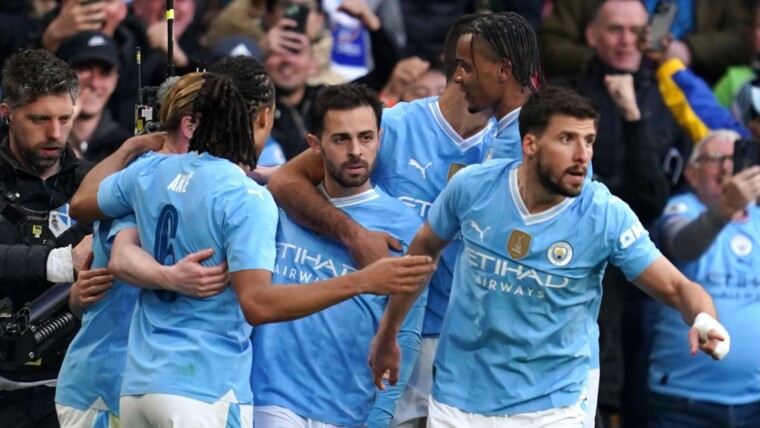Selangor FA are the most successful football team in Malaysia. December 12th 2015 will go down as the day that, celebrating the Sultan of Selangor’s 70th birthday and in front of a packed-to-the rafters Shah Alam stadium, they won the Malaysia Cup for a record 33rd time. It was an achievement that was watched by millions on TV, hundreds of thousands wanted tickets and the written and online press were there in force. It was, without doubt, THE biggest single event in Selangor in 2015. The football team – even in an average season – attract thousands of fans to their home games, and should be one of the most marketable assets for the State to use.
And yet, click onto the TourismSelangor.my or “Visit Selangor – (http://vsy2015.tourismselangor.my) website for 2015, and check out how many references are to “Selangor FA”. There are postings for events such as inline skating. a women’s marathon, a chocolate fair, a Jetski competition and the Selangor Golf Masters. But nothing about football. Nothing about the sport that generates the single biggest influx of people to the State.
Go to Trip Advisor’s list of “Things to do in Selangor” (https://www.tripadvisor.com.my/Attractions-g298310-Activities-Selangor.html), and Sepang Motrosport and Sunway Lagoon get mentions, as do several Shopping Centres, Batu Caves and Zoo Negara. But Nothing about football. Nothing. Shah Alam Stadium – a state-of-the art venue – which hosts International matches and is the home of Malaysia’s most successful team, isn’t deemed worthy of a comment.
Contrast that with my city of birth, Liverpool – a working class port in the North West of England trying desperately to maintain a healthy image in difficult economic times. “Visit England” reported that Liverpool FC alone attracted 100,000 additional visitors to England in 2014. They estimate that one in ten visitors to the North West of England pay to go to watch a match. The Trip Advisor (https://www.tripadvisor.com.my/Attractions-g186337-Activities-Liverpool_Merseyside_England.html) and “Visit Liverpool (http://www.visitliverpool.com/things-to-do/sport/football) websites both have sections on Liverpool (and football) as key tourist attractions. The contrast is startling. Same sport, and yet whilst football (Everton, Liverpool and Tranmere) is celebrated in the UK, football in Selangor is an outcast. Ignored – rejected even – by its own Tourism department. There must be a message in that.
TREATING DOMESTIC SPORT WITH RESPECT. (MY DREAM)
Treating domestic sport seriously and treating its athletes with respect has been the core goal for Astro Arena ever since its conception in 2010. It has been difficult to get others to embrace the concept, Their reluctance, though, becomes understandable when you look at some examples of how the game treats its own. When you read of how the much-trophied Selangor actively chased another teams Coach whilst their own man was busy trying to win a tournament, and when you hear that a team in the Malaysia Cup semi-final offered one MONTH contract extensions to personnel who had won through to that stage, and when you hear how Kelantan and ATM failed to pay their players on time, then it’s difficult to defend such actions. And it becomes near-impossible to ask outside agencies to give respect to a sport that too often doesn’t give respect to itself.
But its not all like that. In Johor, for one, active efforts are being made to legitimising football/sport by the Tenku Makhota of Johor’s (TMJ) investment in Johor Darul Takzim (JDT). Similarly, in Buriram province in Eastern Thailand, a concerted effort is being made to legitimize and encourage people to be proud of, and shout about, THEIR team. Buriram are leading the way in SE Asia. JDT are close behind.
DIFFERENT WAYS TO SPLASH THE CASH
Selangor’s response to winning the Malaysia Cup for the 33rd time earlier this month has been to “splash the cash”. With a budget understood to be three times greater than last year, the signings have come thick and fast. Four International recruits from Pahang (goalkeeper Khairul Azhan, Razman Rosman, Hafiz Kamal and R Gopinathan), along with – it is assumed – Zainal Abidin Hassan as Coach, in addition to the enigmatic Liberian striker Patrick Wleh from PKNS have all joined the cast at Selangor. Out go Mehmet Durakovic – the successful Malaysia Cup winning Coach – with a (deserved) hefty pay-off.
It’s encouraging for Selangor fans to believe – after too long an absence – that the men behind the scenes are investing seriously in football again. Of the foreigners, in Wleh they have a potential marquee signing, defensively Robert Cornthwaite is a rock solid retention and Andik Vermansyah did well for Mehmet’s team. In support there will be one more big name, plus the bulk of the squad built up by Durakovic, with the likes of Cup Final hero Hazwan Bakri, Azrif and Nazmi Faiz Mansor a whole lot better off for the experience gleaned under the Aussie Coach in the last 12 months. Add the Pahang quartet and you have a good-sized squad able to make a genuine championship and AFC Cup charge.
But there’s still a sour taste in the mouth over the political machinations that bedeviled The Red Giants for the last half decade, culminating in a none-too-subtle approach to Pahang’s Zainal Abidin Hassan to take over from Mehmet Durakovic BEFORE the knockout stages of last season’s Malaysia Cup. Only Durakovic came out looking good from that exercise.
And it begs the question as to how serious an attempt this is by Selangor to compete with Johor Darul Takzim both on and off the pitch. Certainly, they and Terengganu have invested most on players in a bid to stay competitive with JDT in 2016. But what of the future beyond that? Are Selangor forever going to be dependent upon the political winds for their football success – or is the influx of finance a response to the work going on in Johor and, as we shall see, Buriram, to establish a “Super Club” at Shah Alam?
JOHOR’S PROJECT
Four hours down the North South Highway to Johor, and the development of a long-term plan – putting something in place even if/when The Tunku Makhota of Johor decides to turn off the financial tap – is the most impressive feature of the of the Southern Tigers since their renaissance in 2012. The investment in playing personnel has been spectacular and salaries and bonuses for winning are the best in South East Asia. Johor’s players have responded by winning two of the four trophies they went for in 2015.
But it’s the “other” plans in the JDT “project” that catch the eye. Four years ago, the Tan Sri Haji Hassan Yunos (Larkin) Stadium looked and felt like an old, forgotten place. There is now much talk of replacing the Larkin with a made-for-football facility, but in the meantime, the old stadium has undergone a transformation. The playing surface is now pristine, the entrance to the main stand is grand and welcoming, the dressing rooms are the kind of place to make a player feel special, whilst the spectator facilities – particularly in the grandstand – are very much made with fan comfort in mind. Commercial opportunities via expensive scoreboards, an LED surround to the pitch, revamped VIP suites and in-house TV and media make JDT unique in Malaysia.
Away from the venue, the re-built training facility is one to be proud of with all the support equipment the players and back-room staff could ever need. And beyond that, there is a marketing team actively engaging with the fans and making them very much part of the club. It has been an expensive enterprise to make JDT the AFC Cup winners, and back-to-back Champions in Malaysian football, but if you consider the other initiatives to fund and create JDT II and JDT III as a breeding ground for young players to come through the system, there is clearly a bigger vision in mind. JDT have a tie up with Germany’s Borussia Dortmund and will note just how many of Dortmund’s first team players come through the ranks.
The developments of JDT are also part of a bigger “rebranding” of Johor. Let’s use the old Trip Advisor guide for Johor (https://www.tripadvisor.com.my/Attractions-g298278-Activities-Johor_Bahru_Johor_Bahru_District_Johor.html), and you’ll see that a trip to the Sri Dato Haji Hassan Yunos stadium is on the front page – though near the bottom. Little things such as this have a huge significance. Sport is being given respect. If the TMJ were to abandon the project right now, then there would be a problem as there is still much work and building to do. But give this project time, and JDT’s facility could – almost – be standalone. Certainly it will attract sponsorship on merit and, assuming the team remains competitive, will be a key reason to attract people to the region.
THE BURIRAM EXAMPLE
What the TMJ is doing isn’t unique in South East Asia. In Thailand, Buriram United won the Thai FA Cup on Saturday night to make it a League, FA Cup and League Cup treble for the third time in five seasons. They went through the entire campaign unbeaten for the second time in 3 seasons. Buriram, too, have a powerful and wealthy benefactor in local politician Newin Chidchob.
Newin took an interest in Buriram United a couple of season’s before TMJ seriously took on the job of re-establishing Johor football. The politician had made two attempts to take over a team and move them to Buriram before he was finally successful in taking over PEA, and moving them – despite opposition – from Ayunthaya. Having short-cut his way to getting a team in Buriram, he set about making them a major footballing power in Thailand – and beyond. Newin saw sport – football in particular – as a way to establish International attention to the region.
It’s not a new phenomenon. Much of Dubai’s early marketing came from sport – be it Victory Power Boats, Dubai International Rugby Sevens, and Emirates sponsorship of football from AFC level to naming rights at Arsenal’s Emirates Stadium. The Dubai model of sport as a PR tool is being replicated by Abu Dhabi and Qatar.
But Newin’s way was different in that he saw LOCAL – rather than International – sport as the best vehicle. His capital investment was huge, but the result is that the people of his Province now had a football team to be proud of, playing in an International quality stadium and supported by a pro-active marketing department and sporting infrastructure. In 2015, their average home attendance at the i-Mobile Stadium was 19,500 per game for a town with an official population of 30,000. People far and wide are now looking at Google Maps to see where Buriram is on the map of Thailand.
Buriram invested on the pitch. The 2015 import players – Brazilians Diogo and Gilberto Macena, Korean Go Seul-Ki, Venezuelan International defender Andres Tunez – are stellar acquisitions and Buriram are regulars in the knock out stages of the AFC Champions league. To support the four foreigners, Buriram have consistently raided their Thai rivals to secure as strong a playing staff as possible. 11-year Chonburi veteran Adul Lahsoh is the latest to move “East” – swayed by compelling salary and professional opportunities. Does that sound familiar?
IMPACT BEYOND THE TOUCHLINE
The week Buriram were awarded the Championship trophy, following a 6-0 win over Suraburi. But it was events off the pitch, and around the stadium that really caught the eye. The i-Mobile stadium is beautifully constructed so that the 32.600 crowd – all seating in comfortable seats – were all close to the action. The stands are right by the touch lines – including behind the goals – and the roofs over the two main stands on either side are low and keep the noise in the stadium. Sight lines for all spectators are excellent. This is a stadium made for football, for fans, and for atmosphere.
An admission charge of between 100-150 Baht (RM 10-15) made it an affordable experience, and with a full house inside, the atmosphere was electric – boosted by the Buriram singing club that took up one full section of the stand opposite the players tunnel. Even for the 2,000 or so away Suraburi fans who saw their team thumped, this was a good night’s entertainment.
Outside the stadium, traders were doing brisk business in a huge well lit and fan-friendly forecourt. The official club shop was packed and doing a roaring trade in Buriram-created and branded merchandise. You can barely move in Eastern Thailand without bumping into someone wearing a Buriram football shirt. All in all, this was a stadium and a club that clearly looks at the fans as the primary part of their reason for existing.
It isn’t a local club in the truest of senses in that most of the players live outside the area. The morning after the game, my plane to Bangkok had most of the players as passengers. But active plans are in action to change that and, like many clubs, Buriram have invested in a youth development scheme to develop their own players. Already the likes of Anon and Chaowat are coming through those ranks – and look out for a midfielder called Sansern from the academy.
The key point is that the club gives the town something to be proud of, serves the community, and sees its supporters as important. An example of how it has become a true hub of the community came the day before the Saraburi match when the stadium was the venue for the regional Marching Band competition during the day, and was the venue for a candle-light celebration of the King’s birthday at night.
All in all, the club is a community and regional focal point, the players are playing a style of football that is entertaining and successful, and – to quote the legendary Bill Shankly – Buriram, and Newin – are using football to “make the people happy”. As an aside, guess where a visit to the i-Mobile Stadium ranks in Trip Advisor’s “Things to do in Buriram” list? (https://www.tripadvisor.com.my/Attractions-g2098319-Activities-Buriram_Province.html). Second.
THE DOLLAR VALUE OF SPORT
It is costing a heck of a lot of money but Buriram have shown what the big occasion can do for a region. Prior to Buriram’s football exploits, very few would have heard of Buriram, let alone think of visiting. Now, it not only boasts a regional football powerhouse, but also a World-class motor racing track, and Buriram – five hours east of Bangkok – is becoming a destination for sport.
JDT are on that same track of the club becoming a true asset to the community. Not just for 2016, but for decades to come. Johor is looking like it may become a destination for sport. Like Buriram, there is a motor-racing track being brought to full International racing standards.
Don’t dismiss the value of the sports tourist. The Visit England statistics for 2014 estimate that the 100,000 visitors to Liverpool FC generate some RM 550,000,000 into Liverpool’s economy. Neither Buriram nor Johor are approaching that scale, but that is the potential impact of a sporting infrastructure to a region. Such macro thinking – or a lack of it – doesn’t seem to have been part of the thinking of Malaysian football – or sport in general. Buriram are showing the way in SE Asia. JDT are close behind. Coming back to Selangor, it’s difficult to see a vision beyond the end of 2016 amongst the decision makers. And yet Selangor – more than any team in Malaysia – has the potential to be a Super Club.
MISSED OPPORTUNITIES
Three teams who have had success in Malaysia over the last five years rather missed their chance to “do a Buriram”. Pahang, in particular – having developed Shahzan Muda as a development squad – don’t seem to have followed up with a long-term vision. The Pahang Royal family supported football at the top-level with some excellent signings, but there was precious little infrastructure below. The team was successful in terms of winning back-to-back Malaysia Cup and an FA Cup. But they grew old together and, now, it seems as though the budget has been reduced.
ATM came up from the Malaysia Premier league at the same time as Pahang and, for three season’s, entertained us with the scoring exploits of Marlon James, and the experienced leadership of Shukor Adan and Hairuddin Omar. But there was never a real opportunity for ATM to become a “Super Club” because of several reasons: because an Armed Forces team can never have the fan base a “Super Club” needs, because there was no place for ATM to call “home”, and because the team was solely dependent upon whatever budget was to be allocated their way. As we have seen, when that budget disappeared, so did the team. It had no foundation.
The case of Kelantan is particularly galling as the Red Warriors really did seem to be commercially savvy, and able to stand on their own two feet. They have a supporter base desperate to get behind anything that can showcase Kelantan. They have had some success at President’s Cup level but none of those players truly graduated to be the top-level. And as Tan Sri Annuar Musa’s influence and interest has waned, so have the club’s fortunes.
The team will still be competitive in the 2016 Super League, and their fans will be as expectant and as passionate as ever, but whereas once there was talk of a new stadium, a Red Warriors TV channel and a proper commercial set-up, now the talk is of the team paying players late, not paying monies owed to former Coaches, and of more prosaic targets and budget pruning for K Devan’s charges.
And it’s not just at the top levels. The emergence and disappearance of the likes of MPPJ, KL Plus & Pos Malaysia; the rise and fall of State teams such as Melaka, Perlis, Kedah and Negeri Sembilan; all point to team success being at the short-term interest of an individual (be it political or royal) patronage.
FUTURE PROSPECTS FOR MALAYSIAN CLUBS
That’s what makes what is going on in Johor so important and exciting for Malaysian football. Royal patronage – certainly – is kick-starting the resurgence of interest in Johor Darul Takzim, but there looks to be a genuine attempt at longevity to the project and for it to succeed if (or when?) the Tengku Makhota of Johor finds other interests.
Selangor – with their rich footballing history – should be leading the way in Malaysia. They’re not. There’s so much politicking going on at the FAS its impossible to keep track, and impossible for anyone to run the club side of things properly. As a small example, a quick visit to the official FAS website (http://faselangor.my/) might help explain why Visit Selangor et al are not too keen on marketing Selangor’s most marketable product. At the time of writing, it is 6pm on December 27th – some seismic events have happened in recent days with coaches signing and leaving, players recruited and released. The official FAS website’s last entry was the match report of December 12th.
They may be champions, but in a world that’s increasingly online, what message does not posting news about the club on its official website send to Selangor’s multitude of fans?
Other posts by Dez Corkhill

